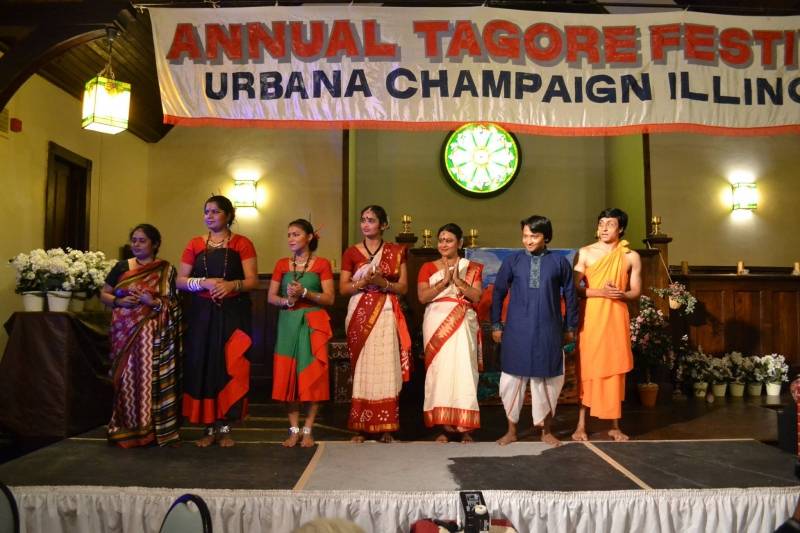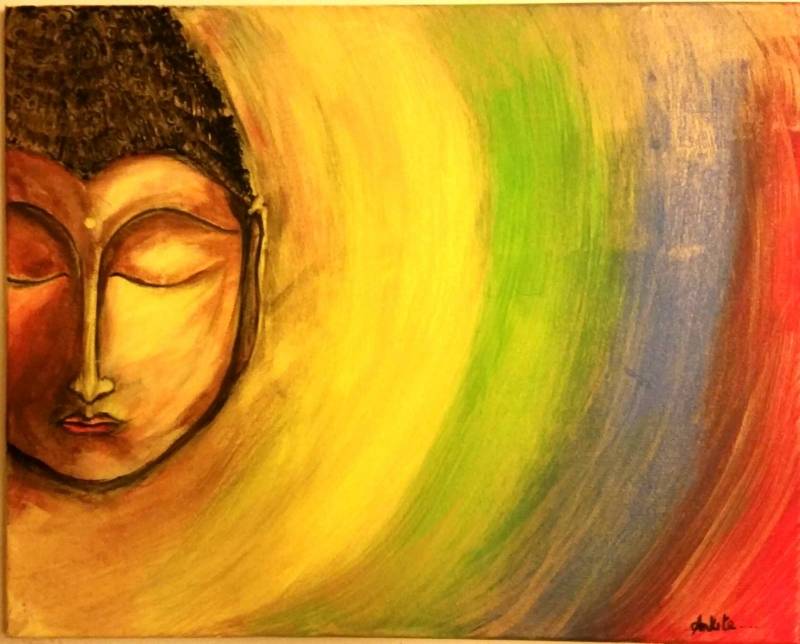As the winter snow takes over, Ankita Saha sits in her laboratory. If there were one problem in the world she could solve, I asked, what would it be? She says, “The widest epidemic that the world is seeing today is cancer. Although progress has been made by way of treating cancer, most of these treatments have debilitating side-effects.” Her ideal scenario would be to see cancer be eradicated by the way of vaccine, but until then she will settle for a world where all patients treated would have 100% rate of survival with minimal side effects.
As a child, Saha watched her brother take apart machines, video games, and toys just to see how they work. As with most younger siblings, little Saha tried doing the same thing. However, she realized quickly that she would rather be picking apart insects than machines. Her mind wondered how these insects worked, and she could not care less about the machines. As she grew older, she found that textbooks only told her so much. The more she read, the more questions she had. Hence, to delve deeper into the unknown, she became a scientist.
Saha’s current research focuses on the role of the linker histoneH1 variants in gene expression. Histone1, more commonly known as the linker histone, has more often been disregarded as one of the ‘lesser’ molecules in terms of transcriptional control. This lack of knowledge has been mainly due to the dearth of the right tools to study it. However, with novel tools, antibodies generated by her own lab, they have been able to identify a possible regulatory role for one of the histoneH1 variants. Several lab techniques, such as western blotting, immunofluorescence and high performance liquid chromatography contributed to Saha’s understanding of how the linker histone works.
Unfortunately, after months of troubleshooting and reworking experiments, Saha reached the conclusion that she would have to shelve the project. This was the second project of hers that had reached a dead end. Disheartened, she started compiling the data to put into a folder. However, as most scientists would know, there are few, if any, “eureka” moments in science. Saha observed a pattern in her immunofluorescent images and started exchanging ideas with her advisor. They had a small but significant observation that set the foundation for a completely new project which is currently serving as a part of Saha’s thesis project.
Saha’s favorite thing about being a scientist is knowing that her work will help the generations to come lead healthier, longer and possibly happier lives. She believes that every scientist goes through a period of time when experiments don’t work or they realize that their starting hypothesis was completely wrong. But then one day, they see that hiding in that failed experiment is a new discovery.
Her biggest pet peeve as a scientist is the dependence on quality of reagents. This is especially true when one runs lengthy experiments where the final results are obtained after weeks. You can find that maybe a single reagent lot was faulty, which is why the experiment didn’t work. This wastes a lot of time, money and effort. Another factor that makes science highly challenging is the reproducibility of experiments. You run an experiment and get brilliant results- proving your hypothesis! However, that high is totally ruined when you are unable to reproduce the result for months on end.

Apart from being a scientist, Saha organizes and performs in numerous cultural events nationally. She has produced and choreographed Tagore productions on the UIUC campus, and also gone on to perform on stages across the United States as a classically trained Bharatnatyam dancer. Bharatnatyam is one of many Indian classical dance forms, and Saha teaches this art form to adults and children alike. Saha is also an avid painter and design clocks and paints for Bengali events on campus. The intricate details of her art pieces blew me away. It is already difficult to be a graduate student in one of the most challenging programs in the country, but to have dedicated time to one’s passion is truly admirable.

In the future, Saha hopes to further research in the development of medicinal drugs. Anyone that knows her would say she is a kind and understanding person, who is insanely talented. This dancer is helping the world fight the battle against cancer indeed.








